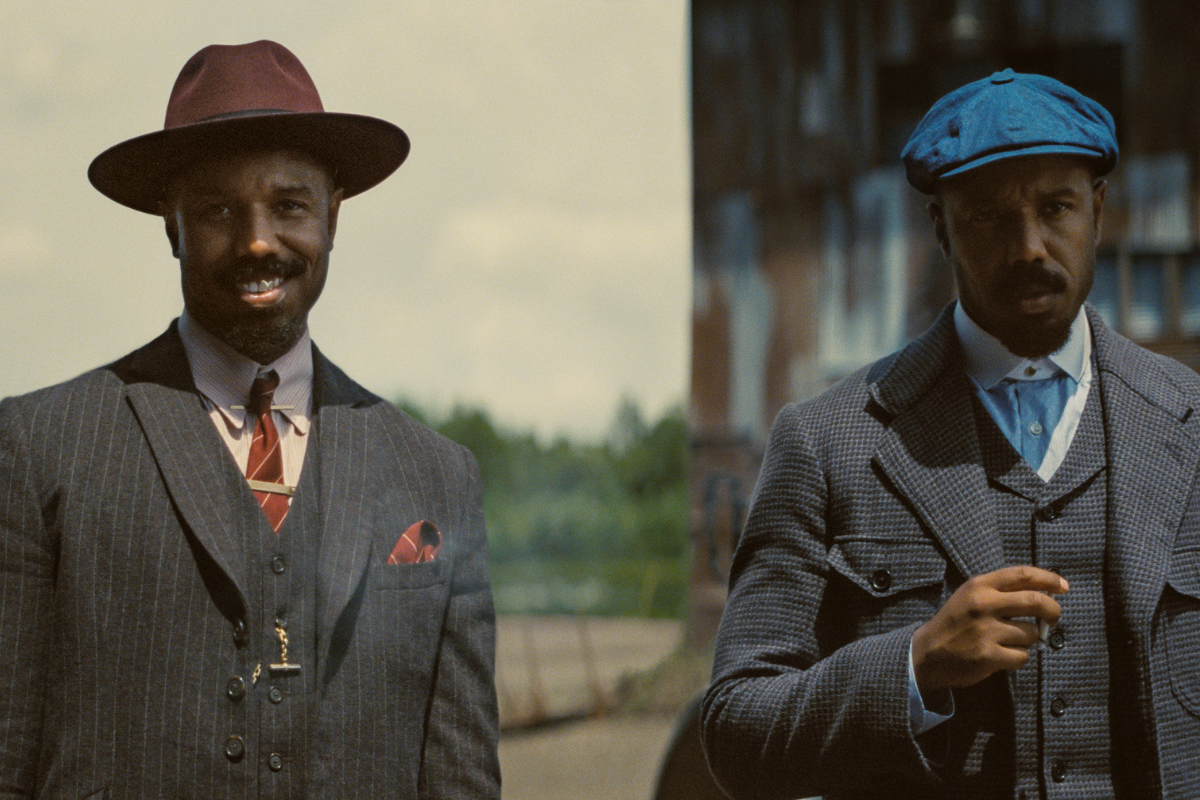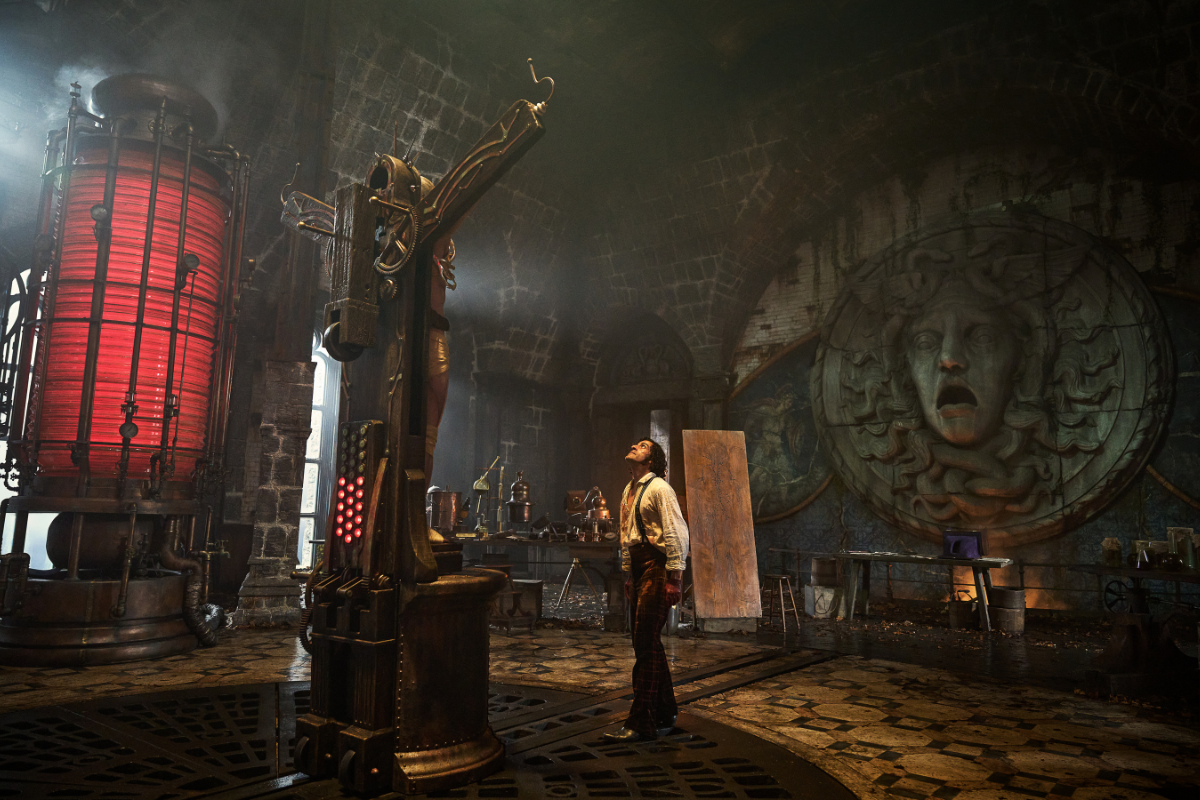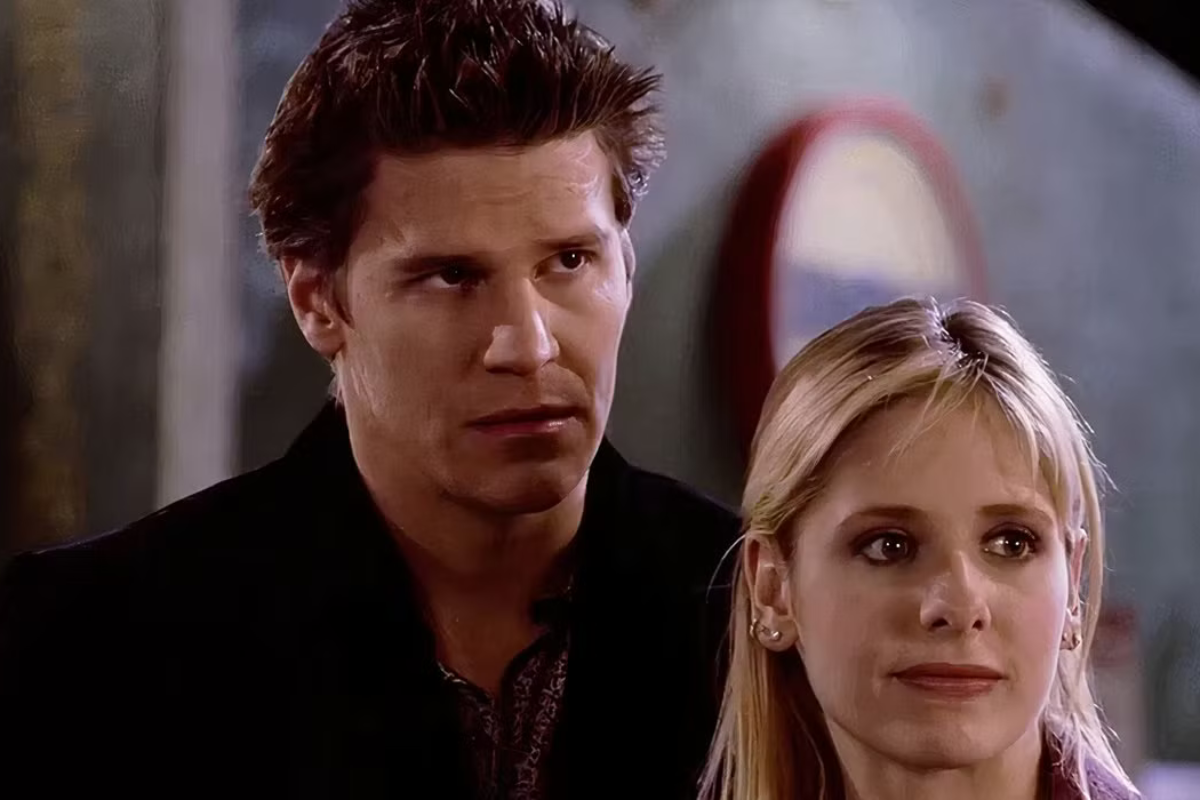STORY STRUCTURE: The Four Act Structure
Screenwriter and script consultant Rob Tobin shares his thoughts on why a four act structure makes for a better script and a better writing experience.
Originally published in Script magazine.
Rob Tobin is a former development exec and VP of the country’s largest screenwriting school, script consultant, writing coach, and award-winning who read more than 5,000 screenplays before writing The Screenwriting Formula: Why It Works and How to Use It. Follow Rob on Twitter: @RobTobin
The concept of the "act" in screenplays exists for the writer and is unseen by the audience.
We all know that movies don't really contain "acts" per se. In live or "legitimate" theater the curtain will actually rise and fall at act breaks. The concept of the "act" in screenplays, however, exists only for the writer and is unseen by the audience. That doesn't mean that the concept of the "act" isn't extremely useful for screenwriters, but the problem is that we're using the traditional "three act structure" of live theater, and film is simply better suited to a four-act structure.
You can see the problems with the three act structure immediately -- you have a 30-page first act, a 30-page third act, and then this huge 60-page void to fill in the middle. It's no coincidence that writers so often have difficulty with the second act. Neither is it coincidental that a producer's favorite phrase (other than "we got Denzel!") is: "Yeah, but what's the second act?" The three-act structure has turned the second act into a wasteland feared by one and all.
Why is a four-act structure so much better?
Because there are three major "establishing points" in a well-written script: the event at the end of the first act (the life-changing event) that forces the hero to choose between his/her flaw and some opportunity or threat presented by the opponent; the "hero-ally confrontation" between the hero and the hero's ally in which the hero is forced to finally face up to his flaw; the final resolution of that flaw that allows the hero to "enter the ring" against the opponent unencumbered by that flaw.
Three major establishing points means four sections: the first 30 pages or so before the life-changing event; the 30 pages or so between the life-changing event and the hero-ally confrontation; the 30 pages or so between the hero-ally confrontation and the resolution of the flaw and; the final 30 pages which is essentially the final battle (physical and/or emotional) between opponent and hero.
Using the four-act structure should make writing the second act much easier for writers. First of all the second act becomes a much more do-able 30 pages rather than the full 60 pages -- half the script! Second, it ensures that the writer will include that hero-ally confrontation that: defines the hero and his flaw; strengthens the relationship between hero and ally and; prepares the hero for the next (third) act in which he has to fully overcome the flaw. After all, unless the flaw and the reasons for it are fully enunciated (which is what happens during the hero-ally confrontation), how will we be able to understand and believe that the hero is overcoming that flaw (or succumbing to it in the case of a tragedy such as Leaving Las Vegas)?
So, with this new 4-act structure, this is what we would be writing: a first act in which we introduce the hero, his or her flaw, his or her "enabling circumstances," the opponent and the life-changing event at the end of that act.
The second act will now consist of the hero reacting to the life-changing event and either seeking out or being sought out by the ally, establishing the allies M.O. (modus operandi, the method by which the ally is best able to help the hero overcome her flaw), the struggle of the hero to hold onto his or her flaw while still trying to react to the life-changing event, and the hero-ally confrontation.
The third act will now consist of the hero, having admitted his or her flaw, now fully allying with the ally to fully prepare for the final battle with the opponent. This will be shown in a climactic scene in which the hero shows that he or she has really overcome his or her flaw and is ready for the upcoming battle with the opponent.
The fourth act remains that act in which the hero, now unencumbered by his or her flaw, literally or metaphorically climbs into the ring with the opponent to see who, in the end, will triumph.
A great example of this four act structure is Rocky, one of the most structurally well-made films of all time. In the first act we see Rocky in his enabling circumstances, which are the mean streets of Philly, the dark and dingy gyms. We see his flaw, that he considers himself a loser. We see his mitigating good qualities -- he's a nice guy, not bright, but not a bad person either, not even able to break legs for the loan sharks. And we see the life-changing event, which is the chance to fight for the heavyweight championship of the world.
The second act of Rocky, (using our new four act structure) consists of Rocky trying to react to the life-changing event but really dragged down by his believing that he is a loser. The allies -- Adrienne on the subjective level and Burgess Meredith on the objective level, try to help Rocky overcome his flaw, but can't really do so until he fully admits to that flaw. The end of the second act is marked by one of the great lines in the movies. I'm paraphrasing, but it goes something like: "My father told me I'd better be a good boxer because I'm too stupid and ugly to be anything else." This is the hero-ally confrontation, the point at which Rocky opens up to the ally, enunciates his flaw for the first time. The fact that Stallone uses only one line to tell us everything we need to know about the reason for the hero's flaw is quite brilliant.
The "new" third act, then, will be Rocky, with renewed energy because of having been able to define his flaw, training with increased ferocity and effectiveness until, by the end of the second act, we see the scene in which we understand that Rocky has overcome his flaw and is ready to take on Apollo Creed: the scene in which he climbs the stairs to that great Bill Conti music, arms raised overhead. He may or may not win the upcoming battle, but he's ready and no longer considers himself a loser.
The fourth act remains the battle scene with Creed.
It may not seem like a big thing -- three acts or four acts, who cares? But try it, it may make it easier to navigate the middle 60 pages of your script and will make certain you have all three important "establishing points" in your screenplay.
Good writing to all of you!
- Meet the Reader: Narrative Structure - Building a Better Drama
- Screenplay Structure: The Spine of the Screenplay
- 5 Reasons Story Structure is Important + FREE Structure Download
Get tips on story structure in Peter Russell's webinar
The Beats Of ALL Hit Movie Stories: Essential Moments Your Script Should Have
Top screenwriting and film publication, founded in 1989, published by Active Interest Media. Twitter: @scriptmag







